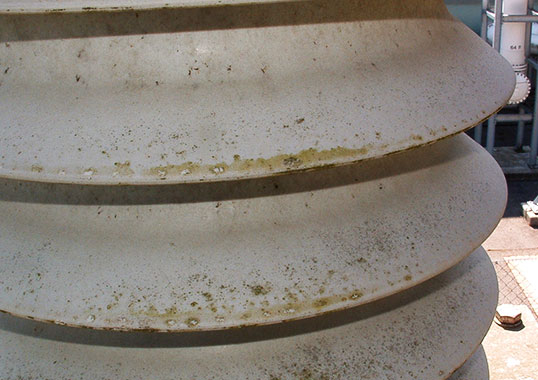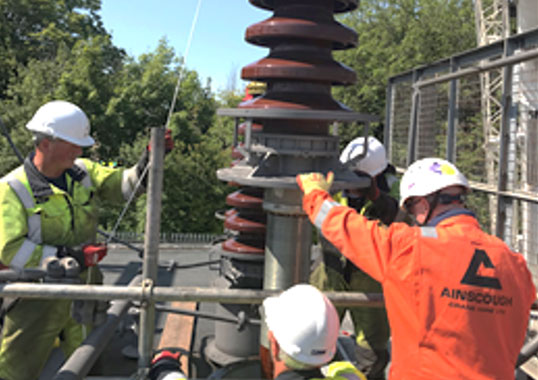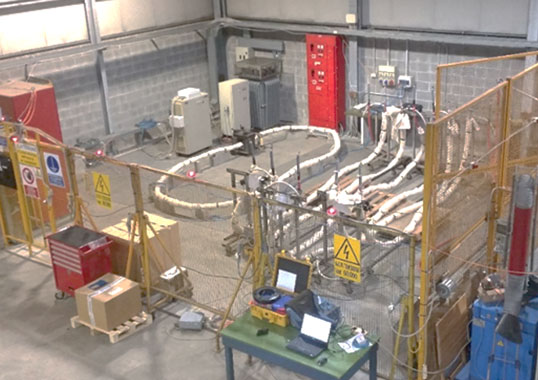Biofouling on Outdoor Insulation by Lars Jonsson
There is growing interest among asset managers worldwide in the potential impact of biofilm formation on HV outdoor insulation, whether ceramic or polymeric. The most commonly reported effect is reduction in hydrophobicity, which also reduces wet flashover voltage. While this reduction is generally higher for ceramic insulators than for polymeric insulators, there are several ways microorganisms can influence the structure and function of the synthetic polymers used in composite insulators, including bio-fouling, degradation of leaching components, corrosion, hydration, penetration and discoloration. Moreover, a surface does not even need to support growth to be affected since the mere presence of biofilm risks interfering with material functionality. Results from previous studies suggest that silicone rubber is highly resistant to corrosion induced by microorganisms. Nevertheless, it may contain organisms that produce pigments causing serious discoloration that is not removable by cleaning. This presentation reviews findings of a recent project where 20 different material samples were studied. The surface of all specimens was inoculated with a mixed suspension of different fungi and incubated under optimal conditions. After the test period, hydrophobicity and hydrophobicity recovery after cleaning were both evaluated.









